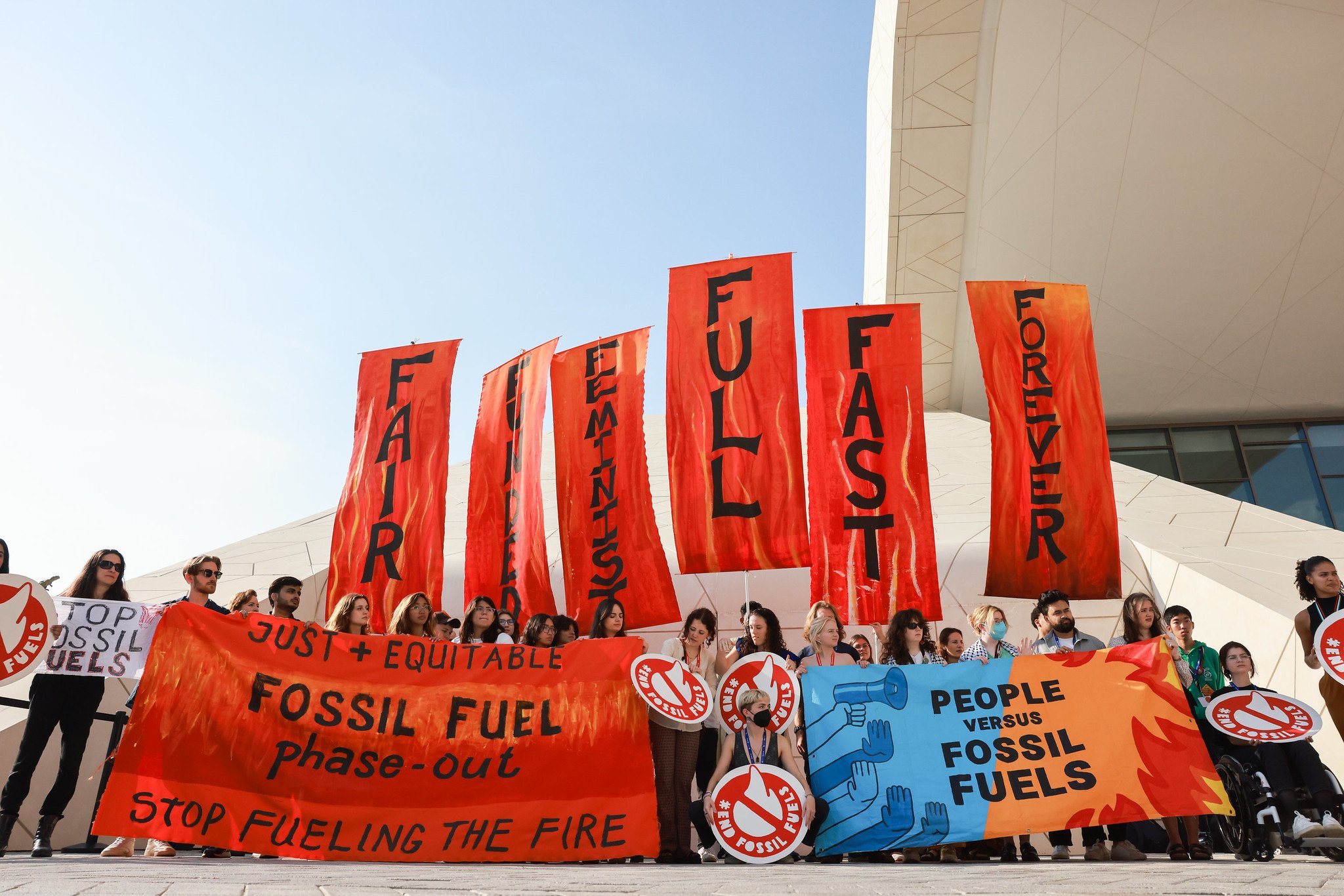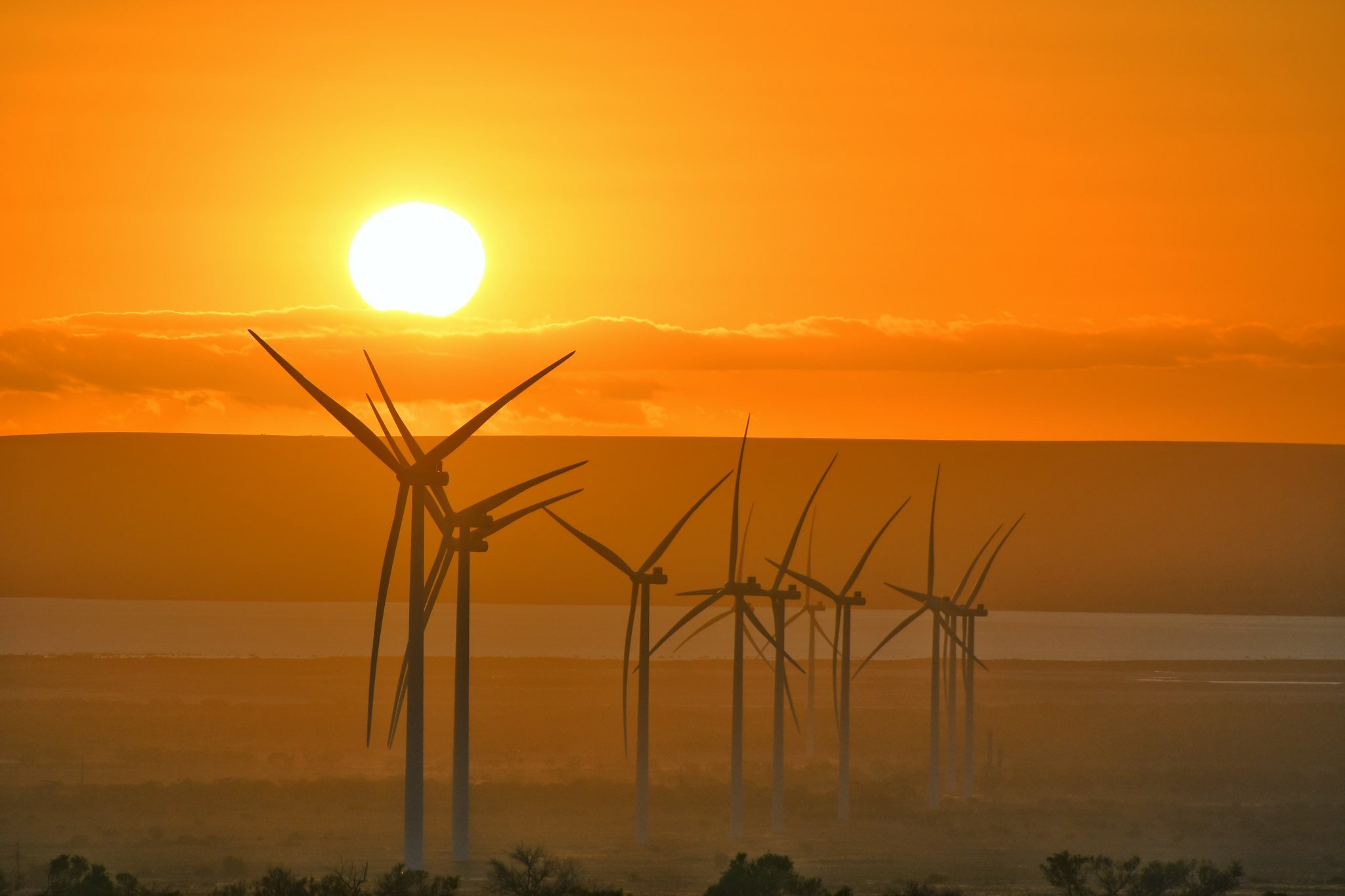Welcome to the final Hot Take of the year! Thank you to all our subscribers for signing up during our first year. We hope you’ve enjoyed our quarterly newsletters so far. Here’s to many more.
For this edition, we dissect the COP28 UAE Consensus to understand what the decision text from Dubai might really mean for climate action. Trigger warning: Christmas puns incoming.
The Global Stocking-take
The Global Stocktake (GST) is the five-yearly inventory of our collective progress towards the long-term goals of the Paris Agreement.
Earlier this year, the technical process concluded that humanity is on track for 2.4 – 2.6°C of warming, which you might notice is some way off the target of “well below 2 degrees” enshrined in the Paris Agreement. It also found that our collective adaptation efforts remain “fragmented, incremental” and that – in a surprise to absolutely no one – financial support has fallen far short of developing country needs.
However, the political outcome of the GST – the text included in the UAE Consensus – was much weaker, prompting backlash from the most vulnerable countries already suffering at 1.1°C warming. We unpack the decision text on fossil fuels and finance in more detail below.
The weak ambition of the political phase of the GST reflects decades of inaction, distrust and brinkmanship among the world’s largest economies. Wealthier countries like the USA, Canada, and Australia called for more ambitious action, yet have a track record of broken promises on finance and emissions. Meanwhile, many developing countries like Qatar, Saudi Arabia and the UAE have hidden behind a crude binary interpretation of the principle of “common but differentiated responsibilities and respective capabilities”.
The UAE Consensus punted meaningful action – like new timelines, targets, and burden sharing agreements – into the long grass. While the GST might not unlock the much-needed course correction on climate, it is perhaps the best outcome that was politically possible given the schism between developed and developing countries.
Does the fossil fuel lobby have the final sleigh?
In the last few hours of the negotiations this year, there was acute focus on the language used around the energy transition. Negotiators and civil society were geared up for a fight over subtle differences, such as the ‘phase out’ versus the ‘phase down’ of fossil fuels. More on that from Shandelle Steadman here.
In the end, the COP28 Presidency sidestepped the battle by proposing a call to:
“[transition] away from fossil fuels in energy systems, in a just, orderly and equitable manner, accelerating action in this critical decade, so as to achieve net zero by 2050 in keeping with the science”.
While the inclusion of fossil fuels in a COP decision text is a major milestone, the call to action remains far short of what is needed to equitably limit warming to well below 2°C. For example, there was no mention of the need for developed countries to lead the energy transition, despite “differentiated responsibilities” being a central pillar of the international climate regime. Meanwhile, the inclusion of carbon removal technologies and transition fuels (read: fossil gas) in the final text provides loopholes for the fossil fuel industry.
Renewables, especially solar, are becoming the cheapest form of electricity available in most countries. A fossil fuel phase-out therefore seems to make economic sense. But renewables are expensive to build (even if they are all-but-free to run) and interest rates in developing countries can be unacceptably high. For many developing countries, a fossil fuel phase-out therefore implies a steep trade-off between sufficient energy and clean energy in the absence of adequate international support.
If developed countries seriously want to see a fossil fuel phase-out in the decision text at COP29, they will need to step up dramatically in 2024—especially on finance.
Sho-ho-how me the money
Speaking of finance, the first day of COP28 concluded with a historic announcement that the plan for the new Loss and Damage Fund had been approved. Pledges from Germany, the UAE and other countries followed, resulting in over $700 million for the next four years.
This was a fantastic start to the deliberations in Dubai. However, many climate-vulnerable countries remain concerned about the Fund’s design, particularly the fact that it is hosted by the World Bank.
The decision text from COP28 puts in place eleven conditions to assuage these concerns – but will they be enough? Michai Robertson and Bianca Getzel break it all down for you here.
While loss and damage perhaps had the highest profile, it was just one of the finance issues being negotiated. What else happened in Dubai?
We finally saw progress on the successor to the unmet $100 billion climate finance goal, the New Collective Quantified Goal. The Australian and South African co-chairs of this track have been tasked with the tricky job of preparing draft decision text for COP29 in Azerbaijan. They will need to propose elements like the total amount of money over what time, the roles of public and private finance, the proportion of grants and loans, and how the predictability and transparency of finance can be improved. One option to hold donors to account more effectively is a burden-sharing mechanism, though the US – which provided just 21% of its fair share of climate finance in 2021 – would almost certainly veto such a measure.
One big win at COP28 was the Climate, Relief, Recovery and Peace Declaration, which calls for more climate finance and action in fragile and conflict-affected countries. These are some of the most climate-vulnerable places in the world, but receive far less climate finance than more stable countries. This conversation was barely a whisper a few years back, as Mauri Vasquez and Yue Cao note. Now, with the Declaration endorsed by over 70 states, the challenge has become mainstream (well, climate-mainstream).
Don't worry, there's myrrh happening on the ground
It’s easy to be disheartened by the incremental progress at COP28. Each year, it seems that drawn-out negotiations over verbs and punctuation fails to match the scale of the crisis. Fortunately, the UNFCCC process isn’t the only space for climate action. We are seeing compelling narratives and supportive policies emerging in countries of all levels of income.
On climate mitigation, China has emerged as the green factory of the world, dominating the production of solar panels, wind turbines, and electric vehicles; the US is injecting $379 billion into clean tech via the Inflation Reduction Act; and having embraced solar, India now looks set to become a green hydrogen powerhouse.
On climate adaptation, we have seen pioneers such as Bangladesh reduce deaths from cyclones a hundredfold (a testament to the leadership of the late, great Dr Saleemul Huq, a titan of the climate negotiations). Others countries like Dominica are developing comprehensive blueprints to climate-proof their economies and societies. And Michael Jacobs notes how COPs are no longer the main decision-making forum for international climate finance. We now see the G20, the multilateral development banks, the IMF and others scrambling to unlock more money for climate action.
The annual COPs always seem like our last chance to save the world. But domestic interests and public demand are now the driving force of climate action. So, as we enter the Christmas break, there are reasons to be hopeful!
Take care and we’ll see you in 2024.



